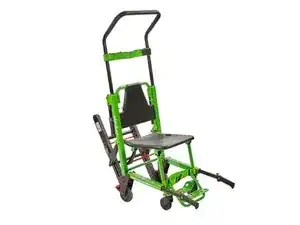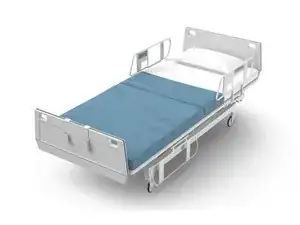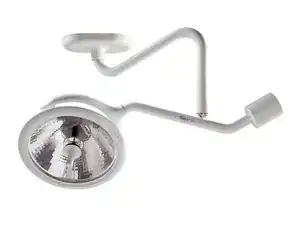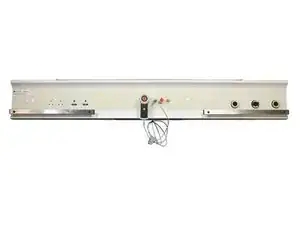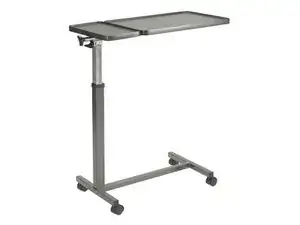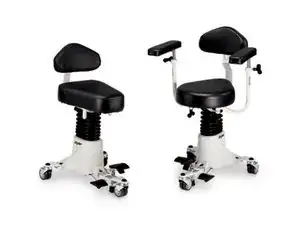Background and Identification
Medical furniture refers to furniture that is specifically designed for use in medical settings or for medical purposes. Wheelchairs, procedure chairs, stretchers, and various medical stands and tables are all examples of medical furniture. While medical furniture is not as widely appreciated as medical devices, medical furniture is essential to patient comfort and hospital efficiency. For instance, over 2.7 million people in the U.S. use wheelchairs. Without wheelchairs, these individuals wouldn’t have the ability to move independently, meaning their quality of life would suffer.
It is difficult to pinpoint the origin of medical furniture. Arguably, the first medical furniture was any table, chair, or bed that a patient or caregiver used during medical treatment. However, significant advances in medical furniture include the wheelchair (invented in 1665), beds with adjustable side rails (invented around 1815), and the stretcher (invented in the 1930s).
While it may seem as though medical furniture is a field of the past, this is far from the truth. Modern advancements are continuing to improve the experience of both medical professionals and patients. For instance, a wearable chair invented in Japan in 2018 seeks to provide surgeons with added comfort during long hours of surgery.
Medical furniture differs from normal furniture because it is generally more mobile and adjustable. This means medical furniture often has wheels and adjustable components so the same item can be used by patients of various sizes. Medical furniture is commonly found in hospitals or medical offices, but certain items, like wheelchairs and walkers, are commonplace in the home and in public places.



